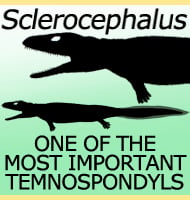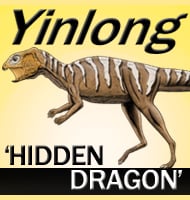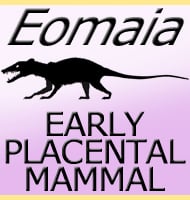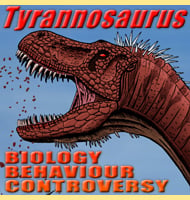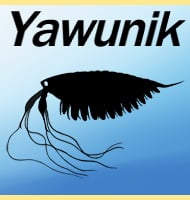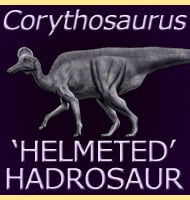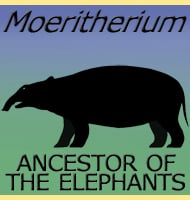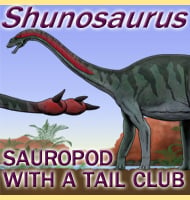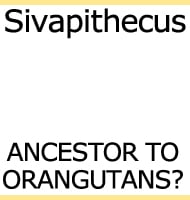In Depth
Initially named in 1918, Notoceratops may not only be the first ceratopsian dinosaur named from South America, but all of Gondwana, the southern collection of landmasses that split from the Northern continents during the Mesozoic. Not everyone was initially convinced however, and even to this day some still question the validity of Notoceratops being a ceratopsian dinosaur. This is mainly because for almost one hundred and fifty years, all ceratopsian dinosaur fossils were being discovered in either Asia or North America. Some have even speculated that the partial jawbone, at the time of writing the only known part of this dinosaur, may actually come from something like a young hadrosaurid. In 2003 a new glimmer of hope for Notoceratops being a ceratopsian was published. A new ceratopsian dinosaur described from a single ulna and called Serendipaceratops was identified as living in Australia. Serendipaceratops too has had its own detractors, but later 2014 (Rich et al) study re-confirmed the Serendipaceratops bone as being ceratopsian. This same study addressed the Notoceratops holotype jaw bone, and found that out of all the ornithischian dinosaurs, it most closely resembles those of small semi-bipedal ceratopsians.
So how did a ceratopsian dinosaur make it to South America? Well it is not impossible. Faunal interchange of such dinosaurs such as spinosaurs, carcharodontosaurs and hadrosauriformes seems to have been taking place between Africa and South America as recently as the end of the Early Cretaceous. With the naming of Ajkaceratops, we now also know that ceratopsian dinosaurs also made it to Europe, another area were they were traditionally thought to be absent. It may be that from an Asian origin, ceratopsian dinosaurs radiated out towards Australia, Europe, and perhaps across Africa and into South America.
Another scenario is that ceratopsian dinosaurs may have made their way from North America into South America. If you remember how the Notoceratops holotype has previously been speculated to have come from a hadrosaurid dinosaur, then this too is another clue. The hadrosaurids were another group once thought confined to Asia and North America, yet in the Campanian, hadrosaurid genera such as Secernosaurus and Willinakaqe seem to suddenly appear in South America. If this were not a case of remarkable convergent evolution, then the only alternative would be a faunal interchange between North and South America (as the Cretaceous progressed Africa split further and further away making the likelihood of faunal interchange from here more and more remote). It may well be the case that other types of previously isolated dinosaur may have spread out into South America.
Further Reading
- Una mandibula de Dinosaurioa procedente de Patagonia [A dinosaur mandible from Patagonia]. - Physis, Revista de la Sociedad Argentina de Ciencias Naturales 4:369-370. - A. Tapia - 1919. - Serendipaceratops arthurcclarkei Rich & Vickers-Rich, 2003 is an Australian Early Cretaceous ceratopsian. - Alcheringa. - Thomas H. Rich, Benjamin P. Kear, Robert Sinclair, Brenda Chinnery, Kenneth Carpenter, Mary L. McHugh & Patricia Vickers-Rich - 2014.

